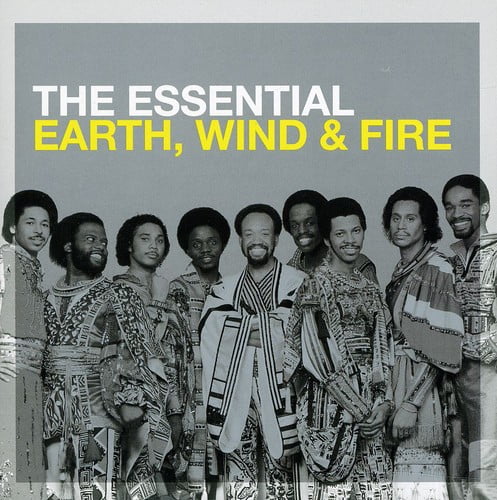

The warmth won't break until the next Pacific storm, now spinning counterclockwise in the northeastern Pacific (see Pacific mid-tropospheric water vapor loop from Colorado State satellite slider), pushes through the northern Rockies and approaches Minnesota. Lows will generally be in the 30's, except in the 40's on Monday night. Depending on how breezy it is and how much sunshine we get, highs both tomorrow and Tuesday might make a run at 70 degrees, which would approach the record warm high for October 29 (74) and November 1 (77). This will begin a streak of warmer temperatures with highs generally in the 60's each day except Sunday (high around 60). However, the clouds shown in black or red over the Dakotas and southern Saskatchewan and Manitoba are higher, so they will allow sunshine in today. The Minnesota clouds suppressed highs in the upper 40's and lower 50's yesterday (see 4 PM Thursday NWS WPC North American zoom-in map), but have kept overnight temperatures in the 40's generally in Minnesota and in the upper 40's in southern Minnesota where the clouds have been thicker (see NWS Aviation Weather Center METAR map). There are merely some low and middle clouds across Minnesota this morning (see Shortwave Albedo from Colorado State satellite slider) on the extreme northeastern fringe of the storm that has now moved into New Mexico (see Mid-level tropospheric water vapor loop from Colorado State satellite slider), signaling that the main threat for significant rain during the next 5 days will remain in the southern and eastern US from the Rockies eastward.

Cloud records (driest since 1978), and 2.54 inches since September 1, 2.75 inches below average.

Cloud, which had huge rainfall during the spring and early summer, has picked up only 0.31 inch in October, which would be the 7th driest October in St. None of that was sufficient to undo the prolonged dryness from the Twin Cities through the Minnesota River Valley and western and southwestern Minnesota. Yesterday's rainfall was extremely modest (set frames to 200 on the College of DuPage north central radar loop) with Alexandria picking up only 0.03 inch, Duluth seeing 0.02 inch, and St. Yesterday's Drips Was About It for the Next 6 Days Friday, Octo3 :00 AM Bob Weisman Meteorology Professor Saint Cloud State University Atmospheric and Hydrologic Sciences Department Early October and Even September Temperatures for the End of October


 0 kommentar(er)
0 kommentar(er)
